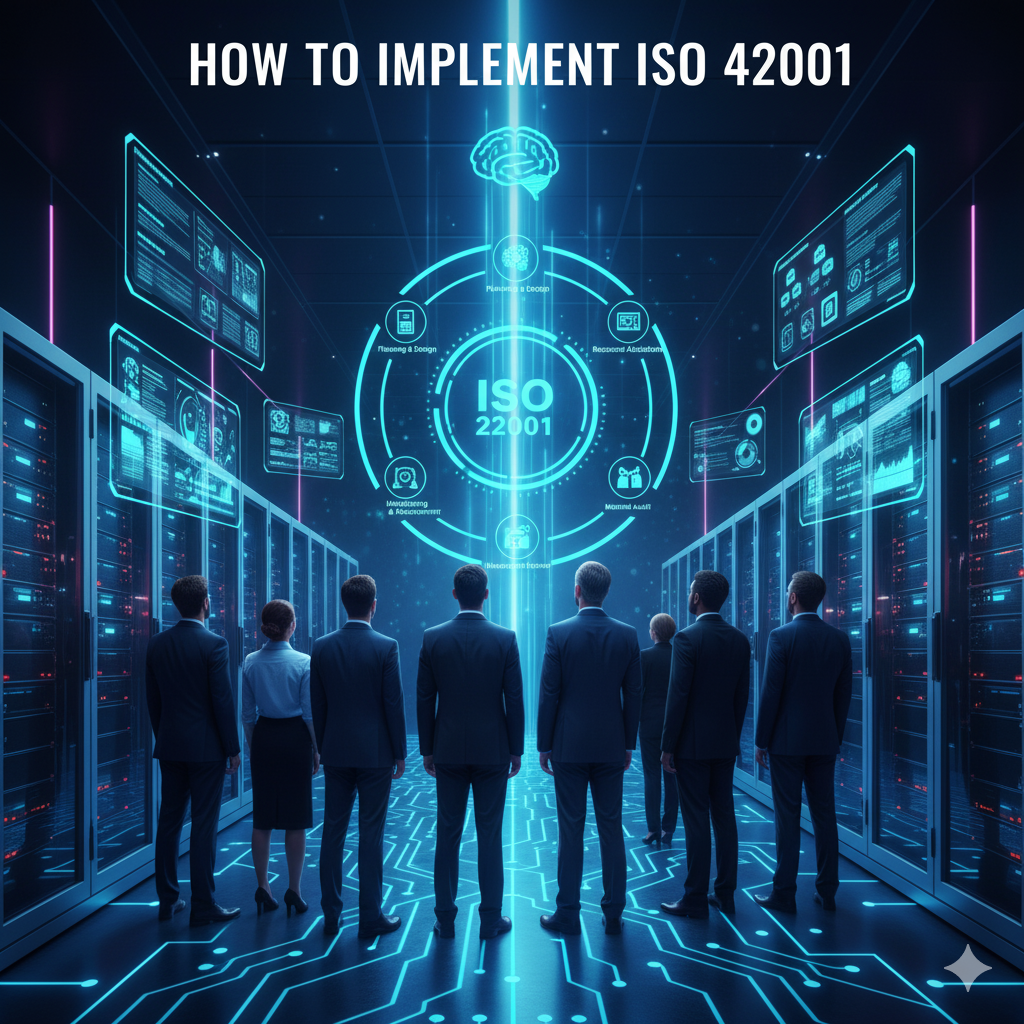Domino’s Pizza leverages artificial intelligence across nearly every aspect of its operations, from voice-activated ordering systems to computer vision quality control and predictive delivery optimization.
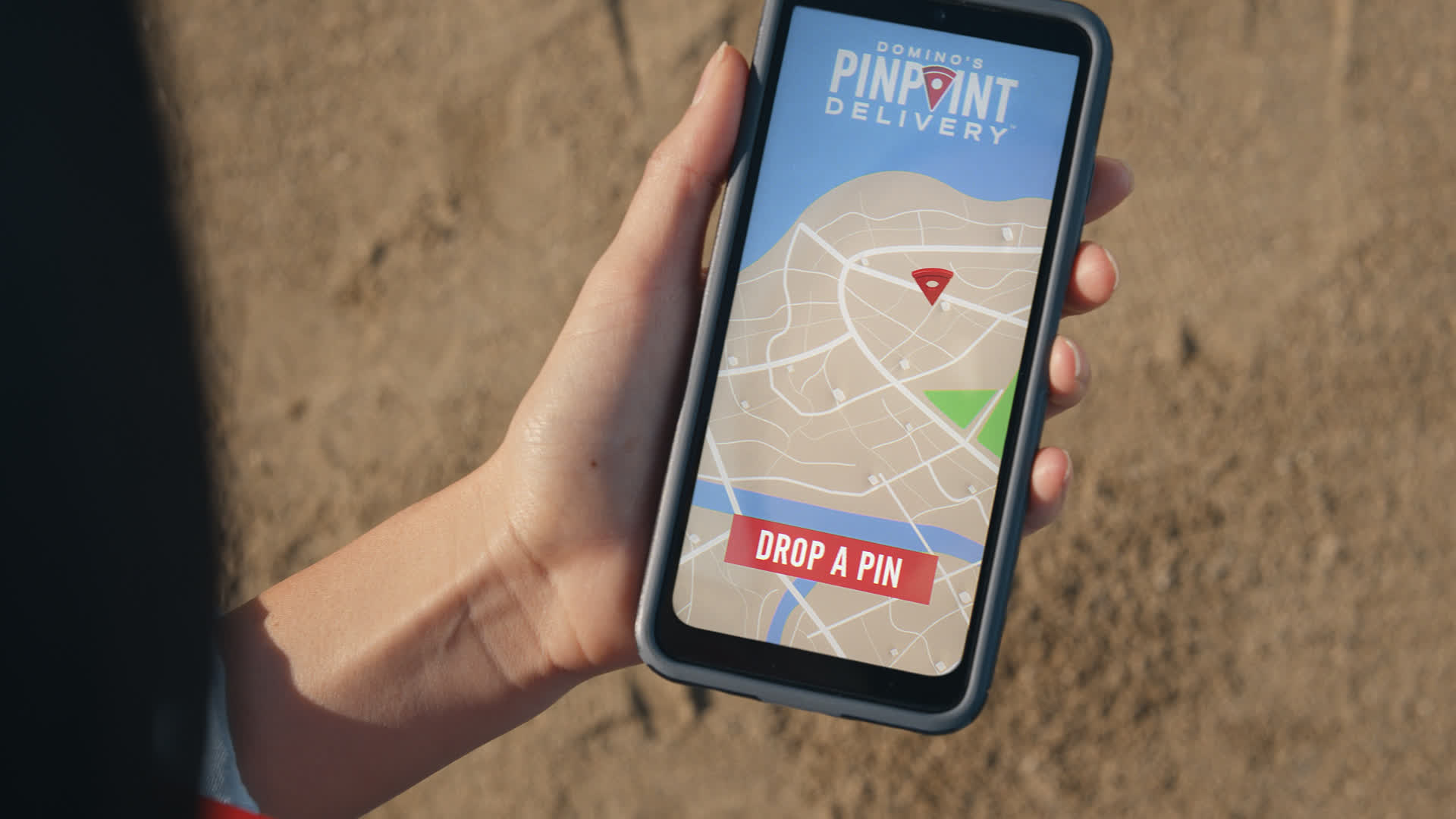
Source: TechSpot
The global pizza chain has transformed from a traditional restaurant into a technology-driven enterprise that uses AI to handle customer orders, monitor food quality, and streamline delivery routes. Machine learning algorithms now process approximately 80 percent of phone orders in North America through natural-sounding voice assistants.
Computer vision systems analyze completed pizzas before packaging to ensure quality standards, while predictive analytics help stores forecast demand and optimize staffing levels. Advanced route optimization algorithms reduce delivery times by analyzing real-time traffic patterns and weather conditions.
How Domino’s Voice AI Transforms Customer Phone Orders
When customers call participating Domino’s locations, they interact with AI assistants instead of human employees. These conversational AI systems understand natural speech patterns and complete approximately 80 percent of phone orders across North America without requiring human intervention.
The technology uses natural language processing to interpret customer requests like “large pepperoni with extra cheese” without requiring specific menu terminology. Voice synthesis creates human-like speech patterns that sound like actual restaurant workers rather than robotic automated systems.
Regional accent adaptation — The AI adjusts to local speech patterns and dialects, speaking with recognizable Southern accents in Atlanta locations while adapting to other regional linguistic variations across different markets.
The system handles complex menu customizations, colloquial ordering language, and customer interruptions while maintaining conversation context throughout extended interactions. When quality problems occur or customers request changes, the AI processes modifications and provides updated order totals naturally. This approach mirrors AI in call centers implementations across various industries.
Computer Vision Technology Monitors Pizza Quality Before Delivery
The DOM Pizza Checker uses cameras mounted above cutting stations to photograph completed pizzas before packaging. Computer vision algorithms compare each pizza against reference image databases to verify correct toppings, proper distribution, and overall quality standards.

Source: ScienceDirect.com
Machine learning models trained on thousands of pizza images identify specific quality issues:
- Missing toppings — Detects when ordered ingredients are absent or insufficient
- Uneven distribution — Recognizes areas with sparse or concentrated ingredient placement
- Cooking inconsistencies — Identifies undercooking or overcooking indicators across pizza surfaces
- Wrong specifications — Verifies the prepared pizza matches ordered size and type
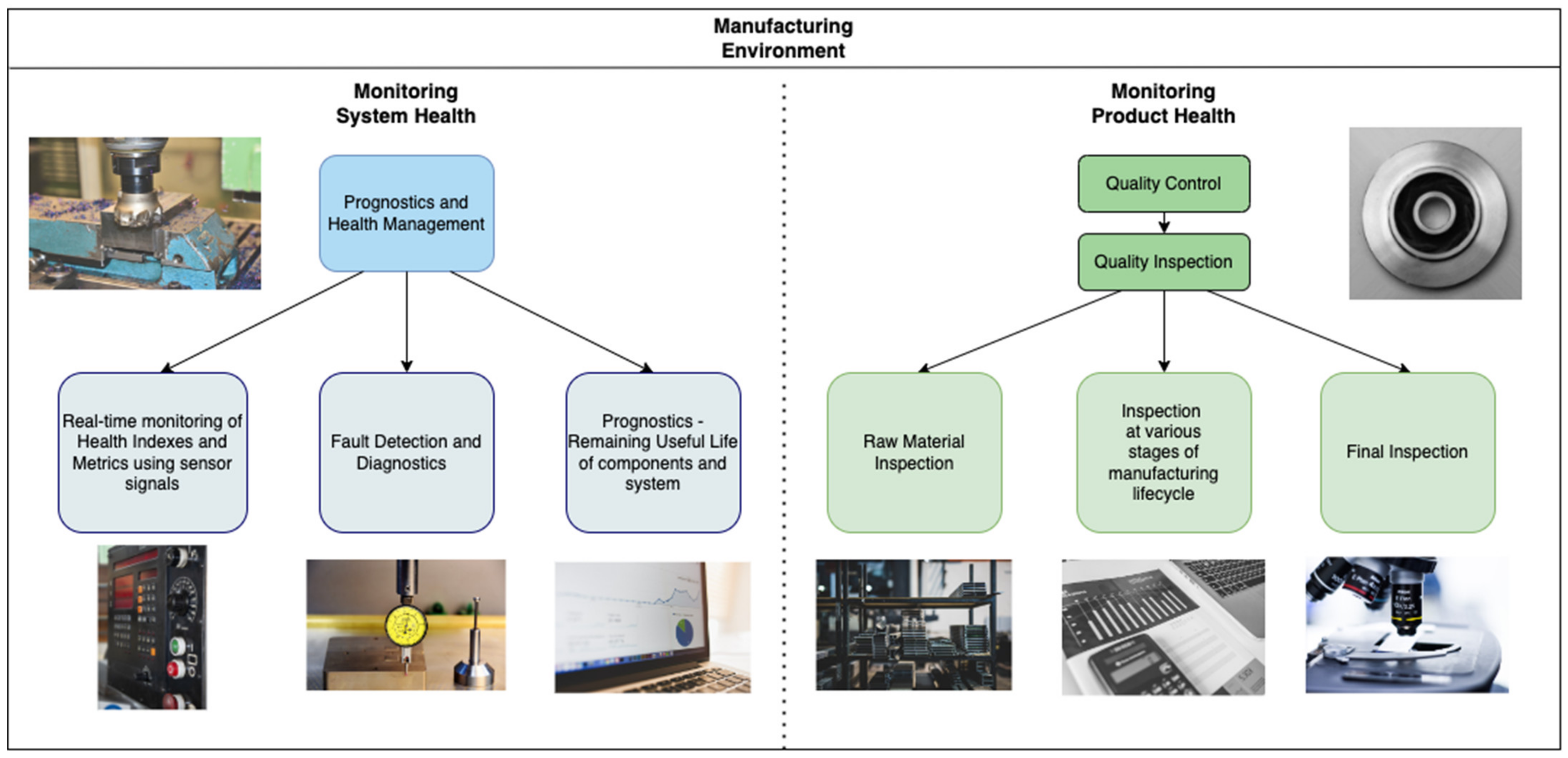
Source: MDPI
When the system detects problems, it generates visual and audio alerts for managers while automatically logging remake orders. Stores implementing this technology report 15 percent improvements in overall product quality compared to locations using only manual quality control.
Customer transparency features include actual photographs of specific pizzas transmitted to order tracking interfaces, allowing people to see their food before delivery begins.
Predictive Analytics Optimize Restaurant Operations and Delivery Routes
AI-powered forecasting models predict order completion times with 95 percent accuracy by analyzing staffing levels, current order complexity, traffic conditions, and historical patterns. This represents significant improvement over previous 75 percent accuracy rates achieved by traditional estimation methods.

Source: ResearchGate
Demand forecasting analyzes weather patterns, local events, promotional campaigns, and economic indicators to predict order volumes. Accurate predictions enable optimized inventory ordering that reduces food waste while preventing stockouts of popular menu items.
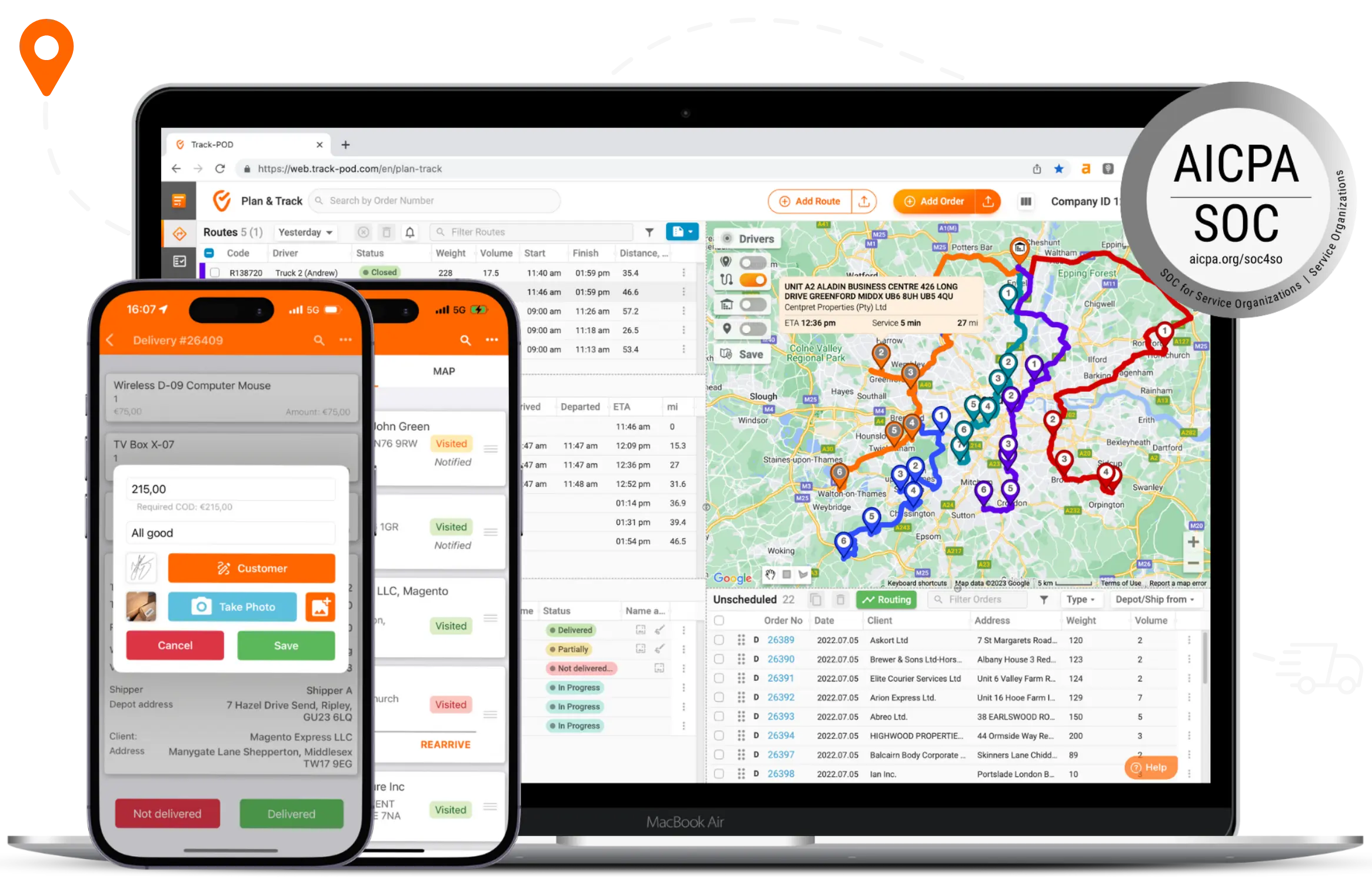
Source: Track-POD
Route optimization incorporates real-time traffic data, weather conditions, and multiple delivery addresses to generate efficient routing sequences. The algorithms determine optimal delivery paths when drivers carry multiple orders, minimizing total transit time while respecting delivery promises made to each customer.
Dynamic route adjustments respond to changing conditions like traffic congestion or road closures during delivery periods. Machine learning continuously updates traffic pattern understanding, adapting to temporary changes like construction projects or permanent modifications like new traffic signals.
Machine Learning Infrastructure Supports Global AI Deployment
Domino’s built its AI foundation on NVIDIA GPU infrastructure, specifically DGX systems equipped with eight V100 Tensor Core GPUs. This hardware accelerated model training time from three days using traditional CPU infrastructure to less than one hour.
The company partnered with Datatron to establish machine learning operations (MLOps) infrastructure that automates deployment, monitoring, and management of AI models across their global network. This system achieved tenfold acceleration in model deployment velocity while delivering 80 percent more risk-free deployments through automated validation processes.
Cloud computing benefits include shared infrastructure where multiple locations access AI resources without duplicating hardware investments at individual stores. Updates and improvements deploy instantly across all locations rather than requiring individual site visits or equipment upgrades.
Data processing systems achieve ten-times acceleration using specialized tools, reducing analysis times from 24 hours to under one hour. This processing speed enables responsive decision-making based on current conditions rather than historical snapshots.
Customer Experience Personalization Through AI-Driven Recommendations
Recommendation engines analyze customer order history, browsing behavior, and demographic information to generate personalized menu suggestions. When customers who regularly order pepperoni pizza visit digital platforms, the system recognizes preferences and prominently displays relevant options. This demonstrates how AI changes customer experience across various sectors.
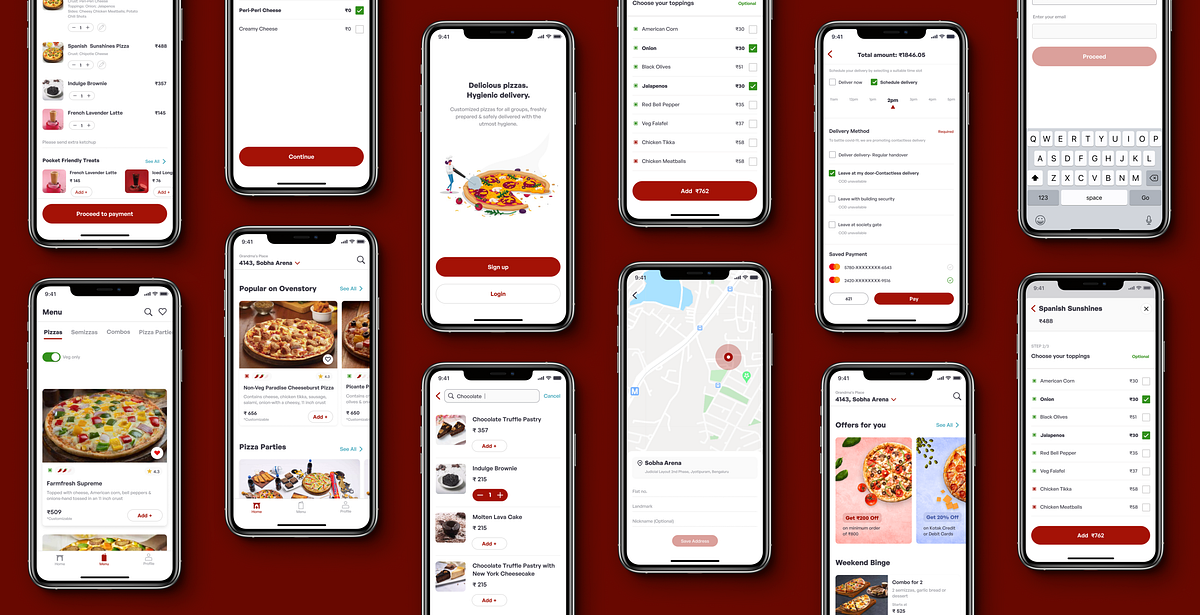
Source: Medium
Seasonal adaptation adjusts recommendations based on time of year and weather patterns. During winter months, customers who previously ordered hearty meat pizzas receive suggestions for similar comfort food options, while summer periods trigger recommendations for lighter fare.
Collaborative filtering identifies customers with similar taste profiles and cross-references preferences. If customers with comparable order histories enjoy particular specialty pizzas, the system recommends those items to similar customers who haven’t tried them yet.
Social media sentiment analysis monitors platforms and review sites to track customer opinions about products and services. Natural language processing algorithms scan posts and comments to classify emotional tone and identify key themes in feedback, informing product development and operational improvements.
Frequently Asked Questions About Domino’s AI Implementation
How does Domino’s voice AI system handle customer accents and dialects?
The AI system adapts to regional speech patterns through training data collected from authentic conversational patterns rather than scripted interactions. Voice recognition algorithms learn from successful order completions in specific geographic areas, refining understanding of regional pronunciation differences and colloquial expressions that reduce customer frustration.
What happens when Domino’s computer vision system identifies pizza quality problems?
When the DOM Pizza Checker detects quality issues, it generates visual alerts on kitchen monitors and audible notifications for managers. The system provides specific feedback about identified problems, such as insufficient cheese coverage or missing toppings. Managers can review AI assessments and decide whether to remake pizzas or override system recommendations.
How accurate are Domino’s AI-powered delivery time predictions?
AI forecasting models predict order completion times with 95 percent accuracy by analyzing current staffing levels, order queue complexity, traffic conditions, and historical patterns specific to particular times and locations. This represents significant improvement over previous 75 percent accuracy rates achieved by traditional estimation methods.
The Future of AI-Powered Restaurant Operations
Domino’s comprehensive AI implementation demonstrates how artificial intelligence can transform traditional restaurant operations through enhanced customer experiences and operational efficiency. The company’s success provides a roadmap for other organizations, highlighting the importance of strategic planning and robust technical infrastructure.
Strategic partnerships with companies like Microsoft for generative AI capabilities and specialized AI providers accelerate development timelines while providing access to expertise that would be expensive to develop internally. This approach allows organizations to access specialized AI capabilities without massive internal investments.
The integration of voice ordering, computer vision quality control, predictive analytics, and delivery optimization creates a comprehensive ecosystem where each AI application reinforces the others, maximizing value from technology investments while providing consistently superior customer experiences. Organizations looking to implement similar systems may benefit from conducting an AI maturity assessment to determine their readiness for AI transformation.

